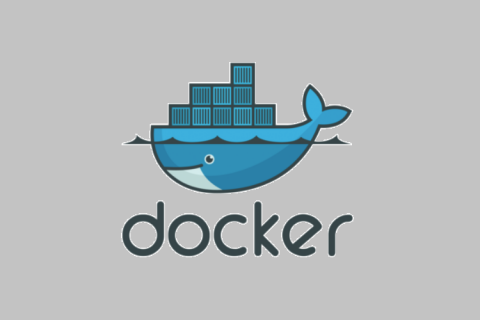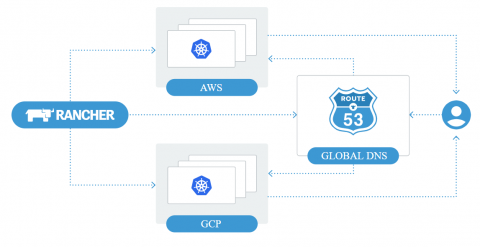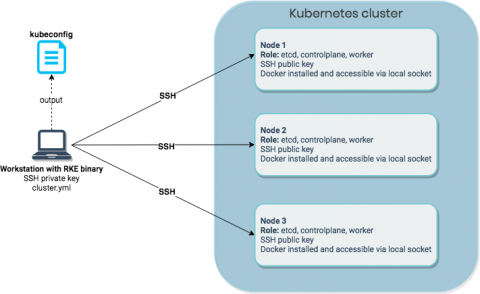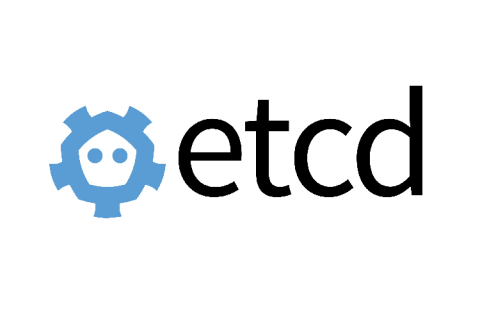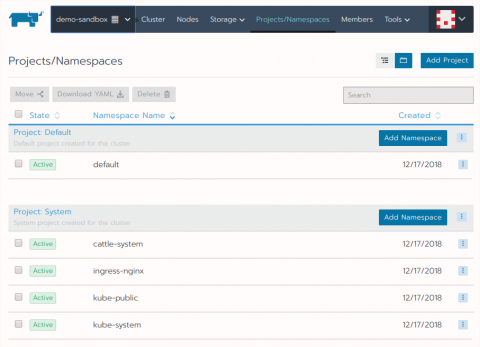Kubernetes: Securing API Access From the Outside Via Role-Based Access and Strong Authentication
This is the first of a series of three articles focusing on Kubernetes security: the outside attack, the inside attack, and dealing with resource consumption or noisy neighbors.




